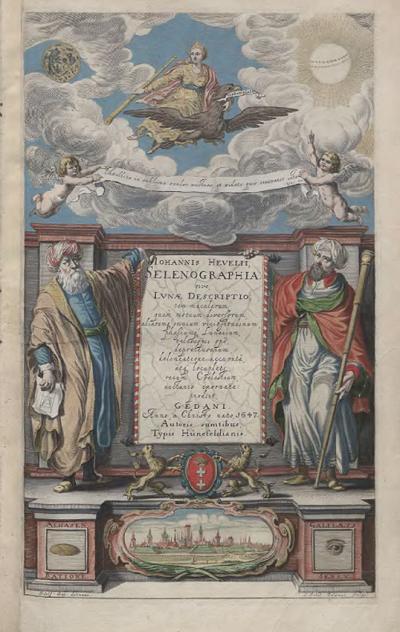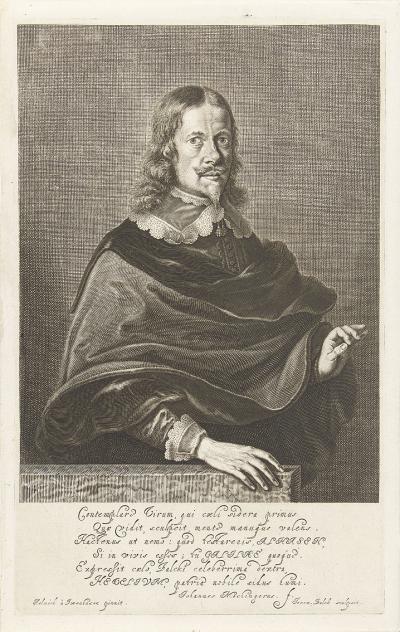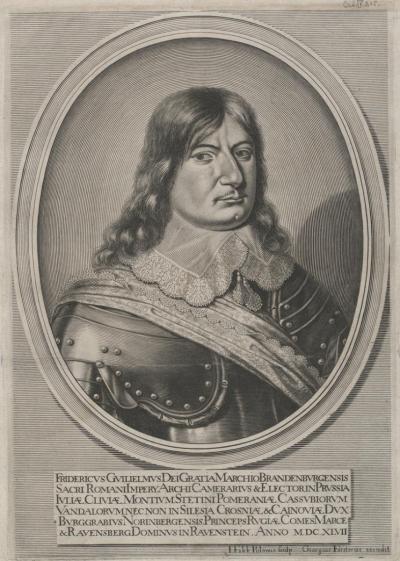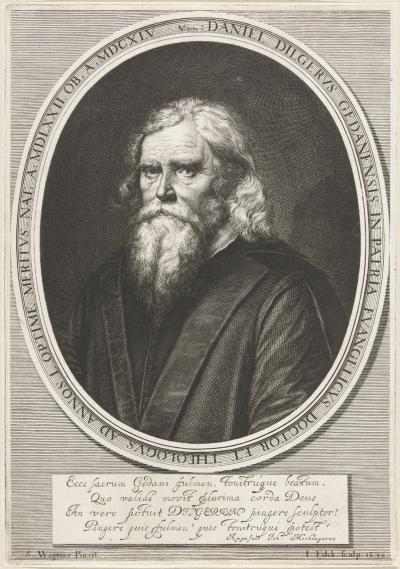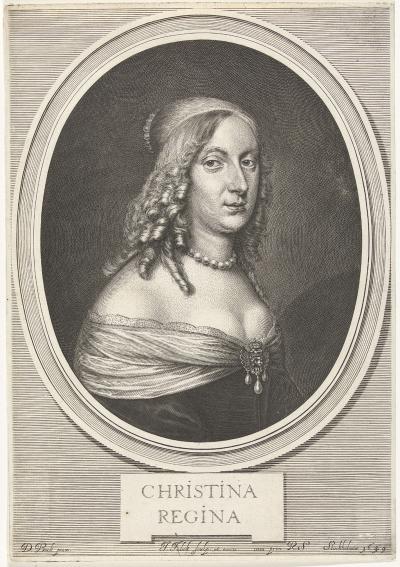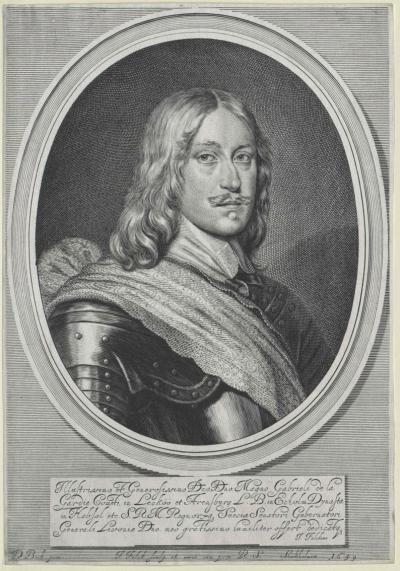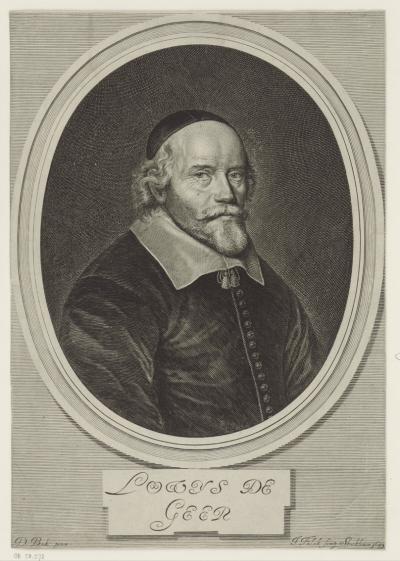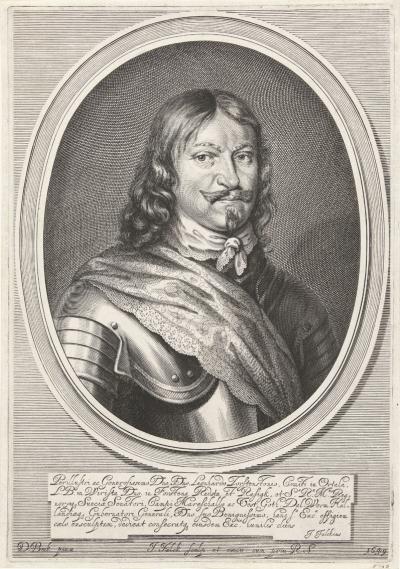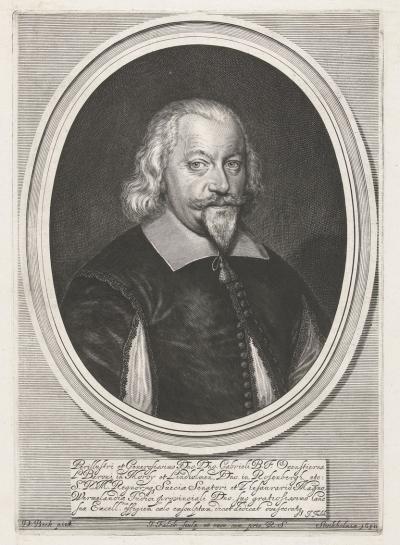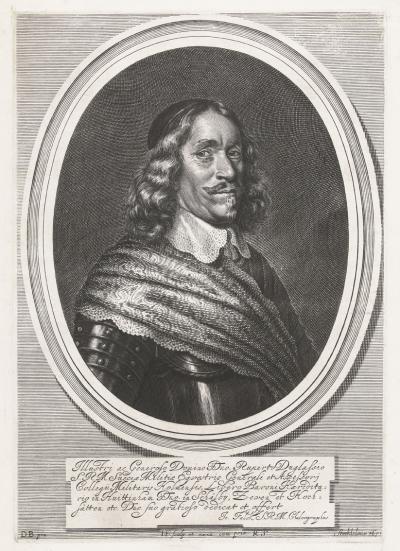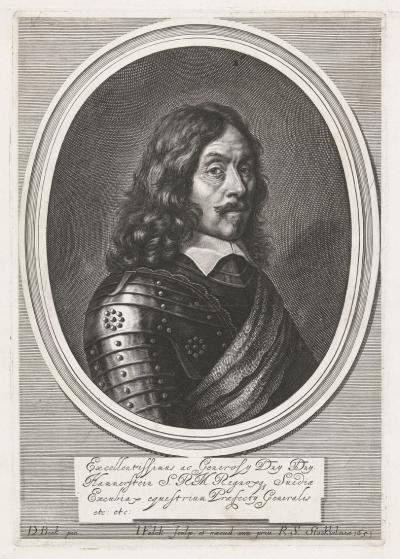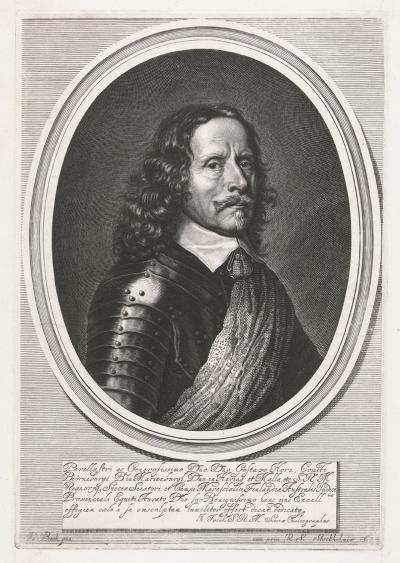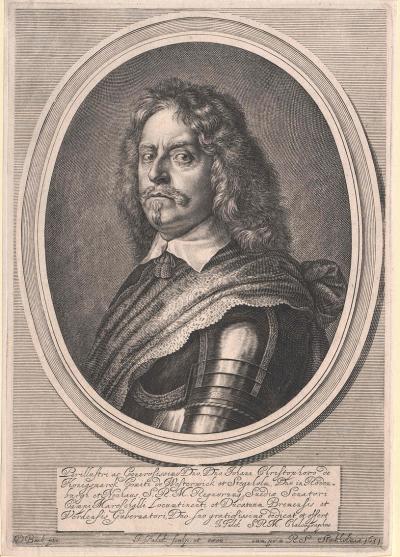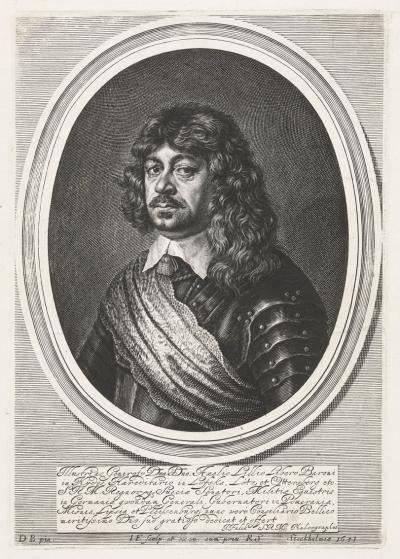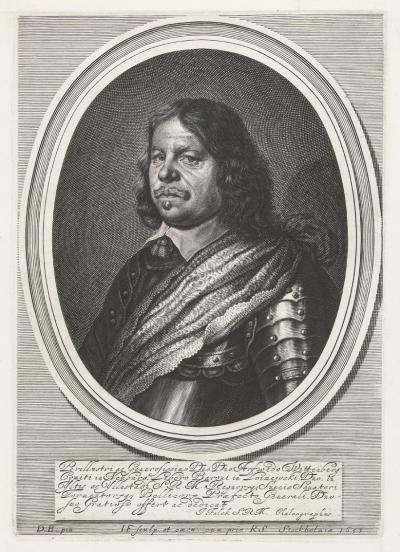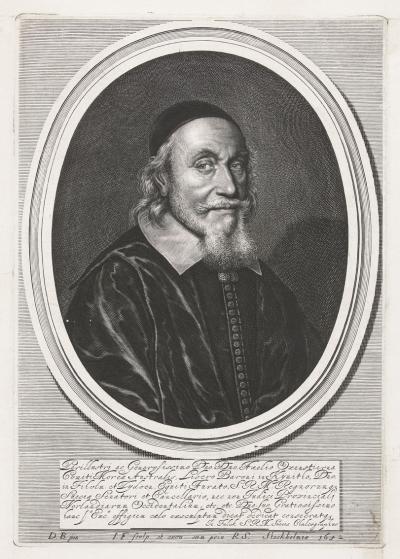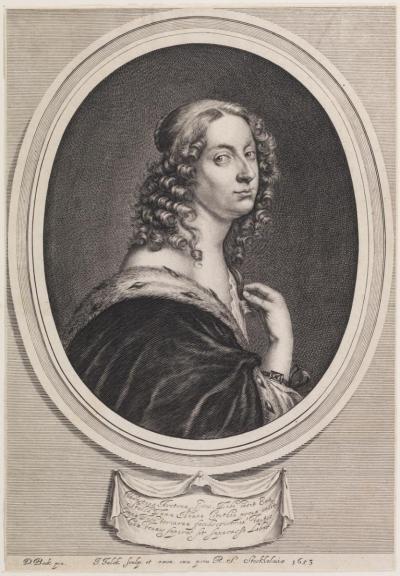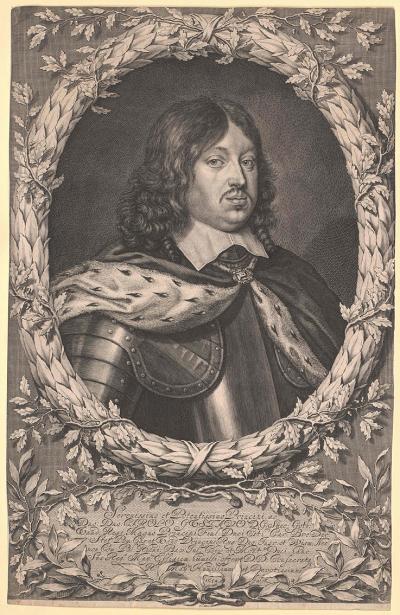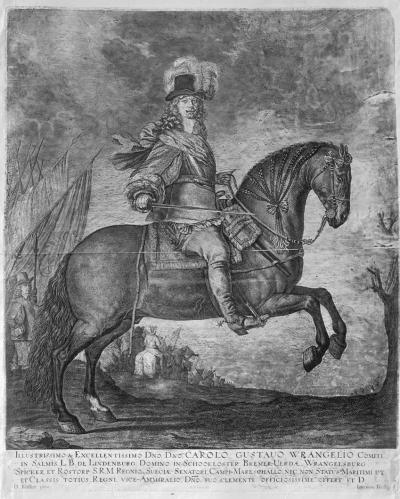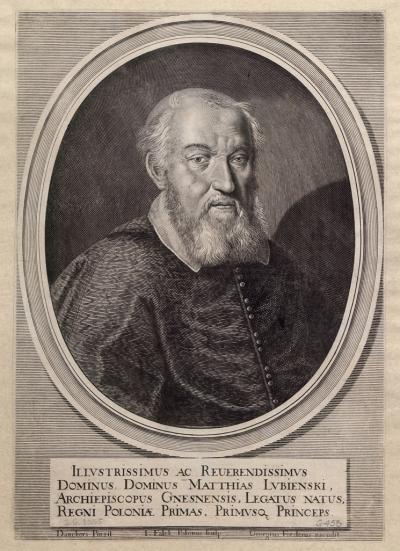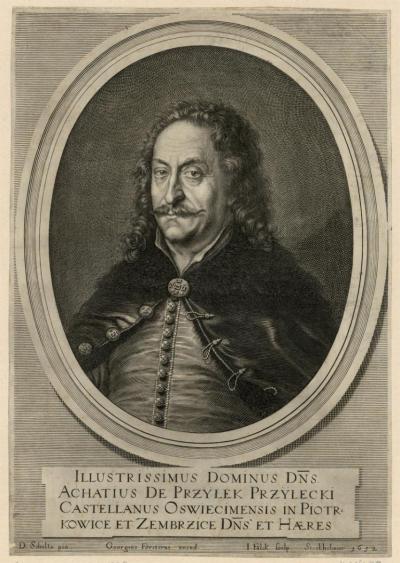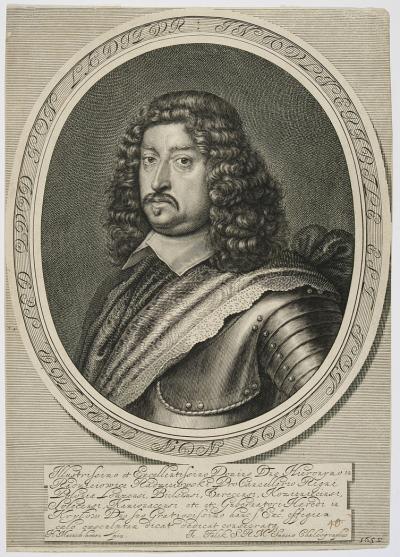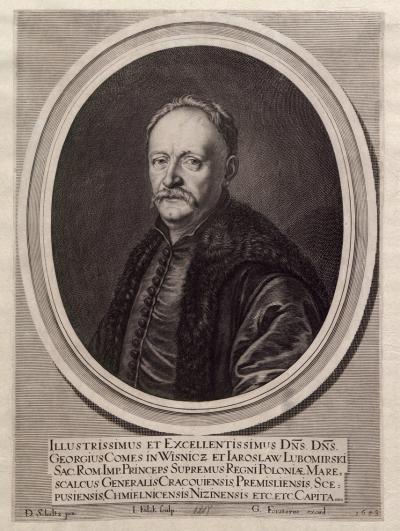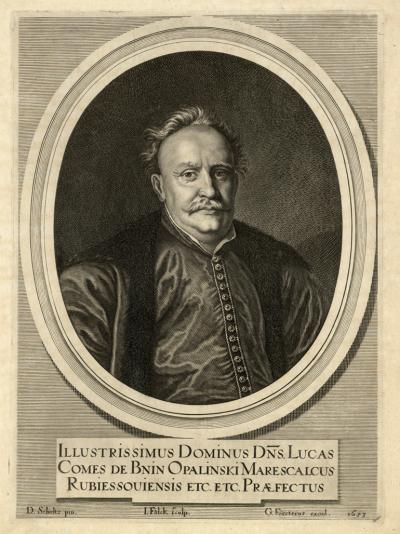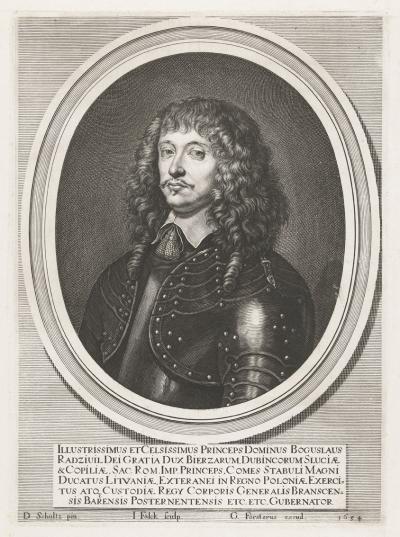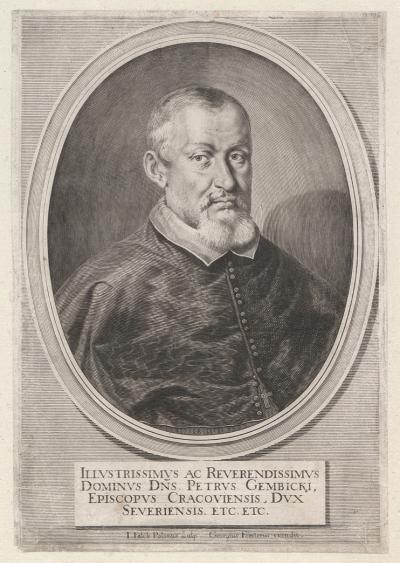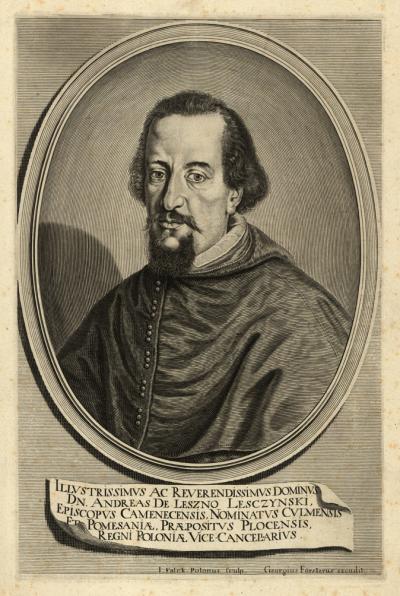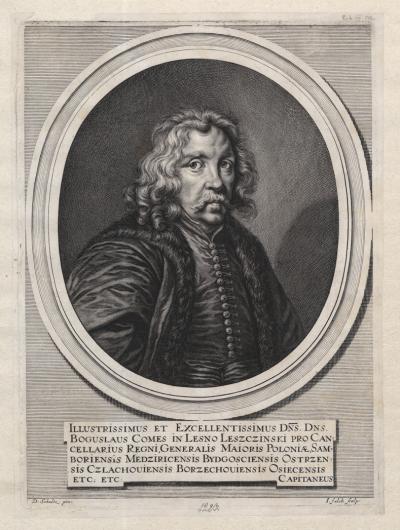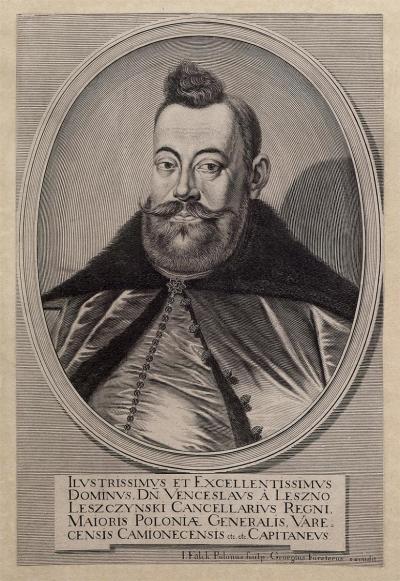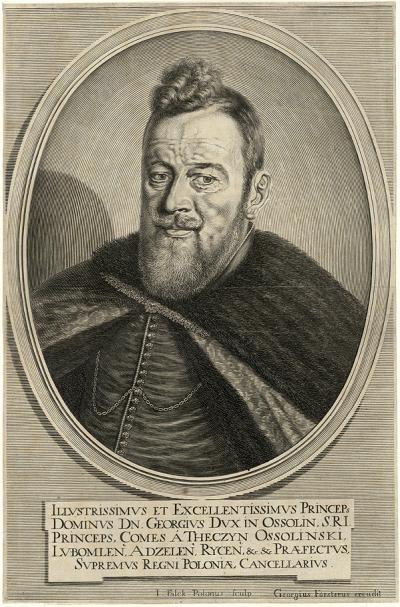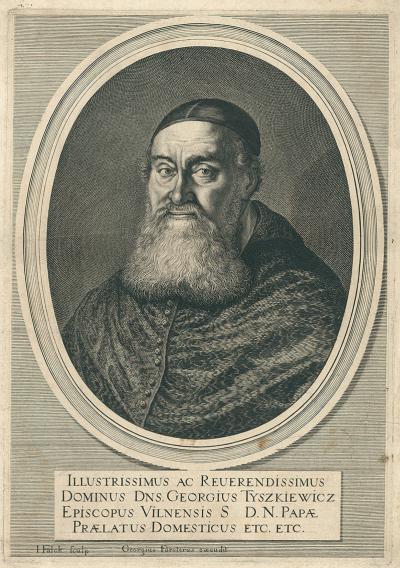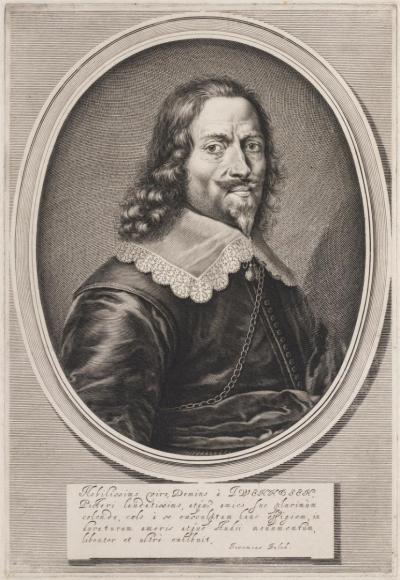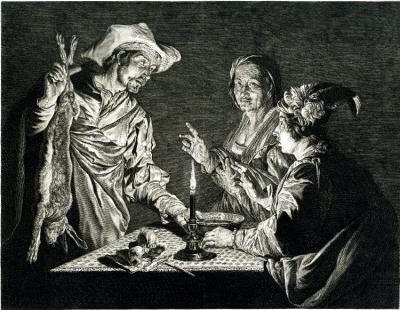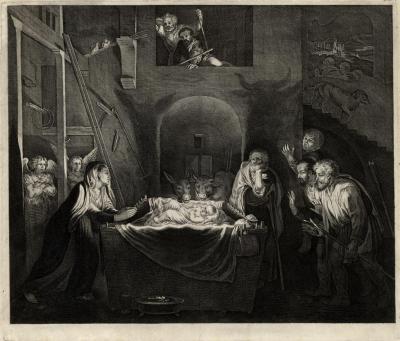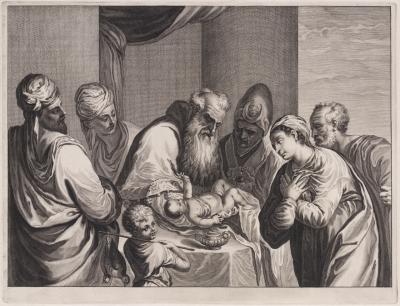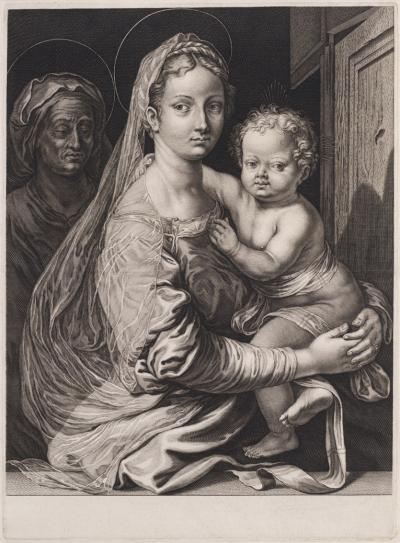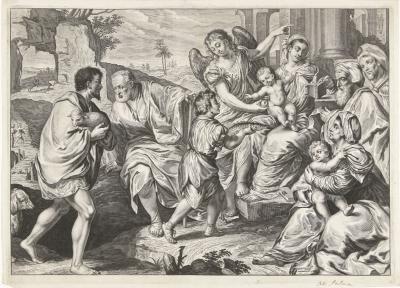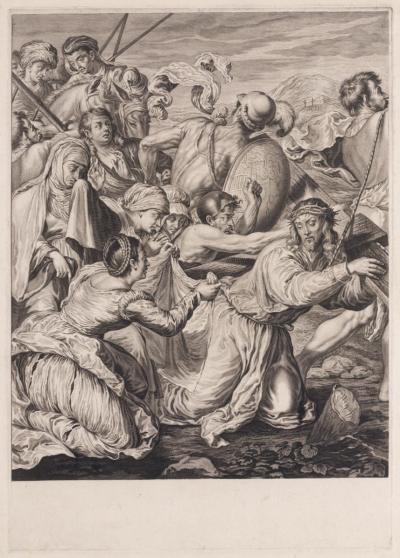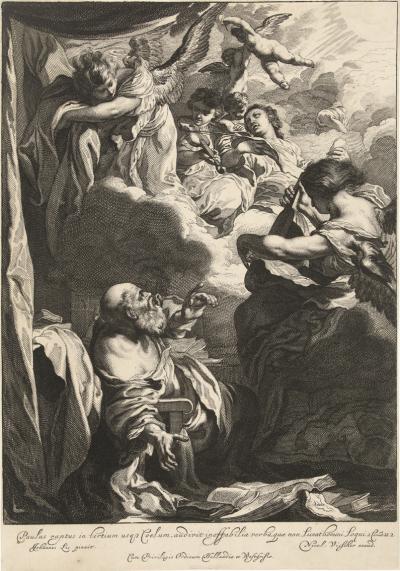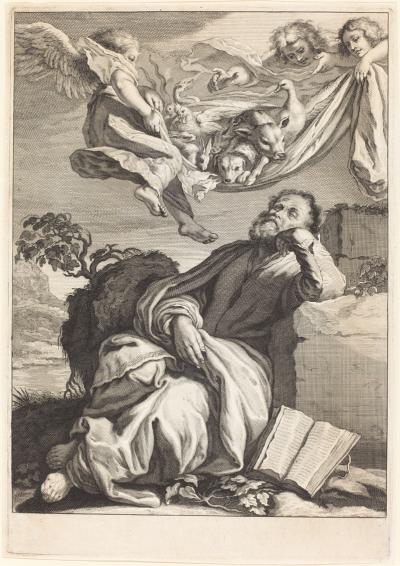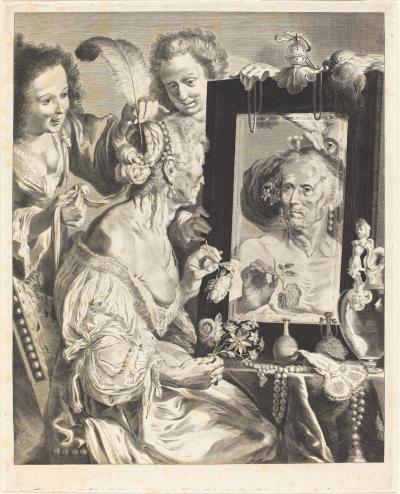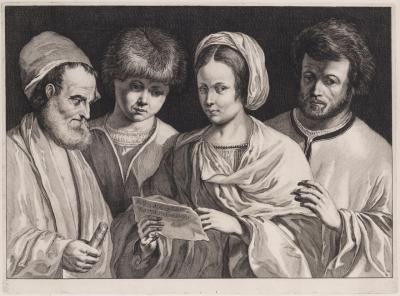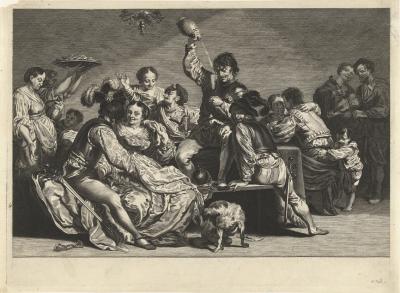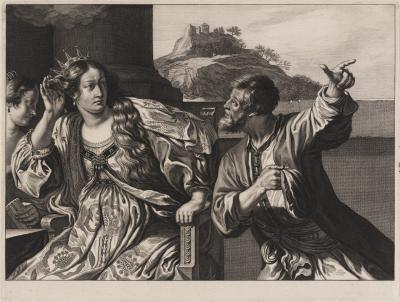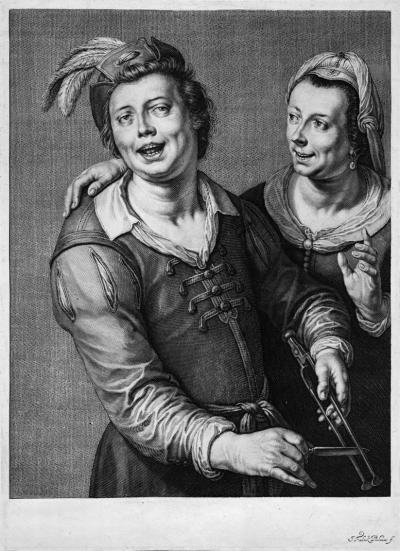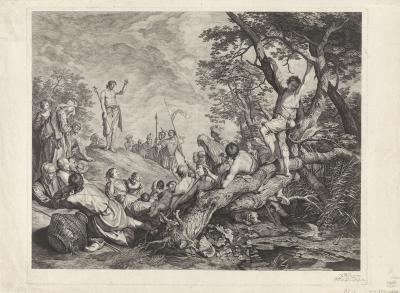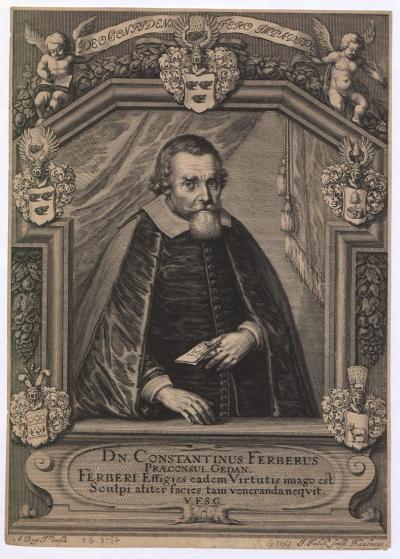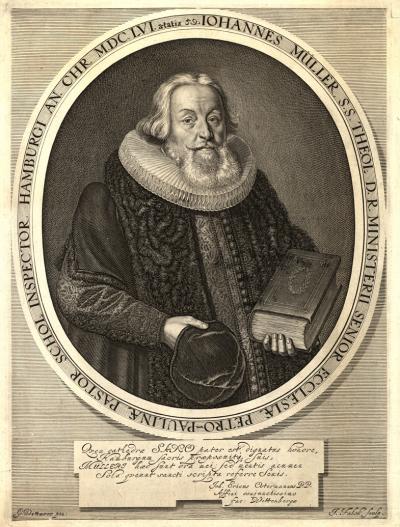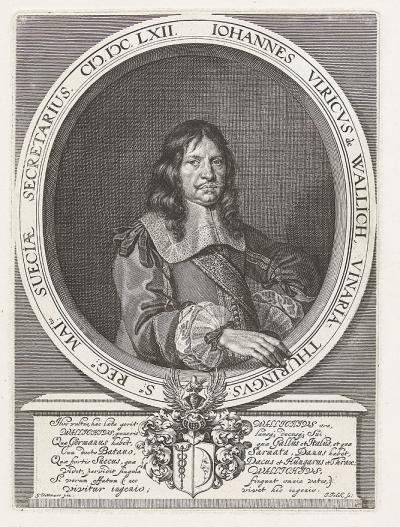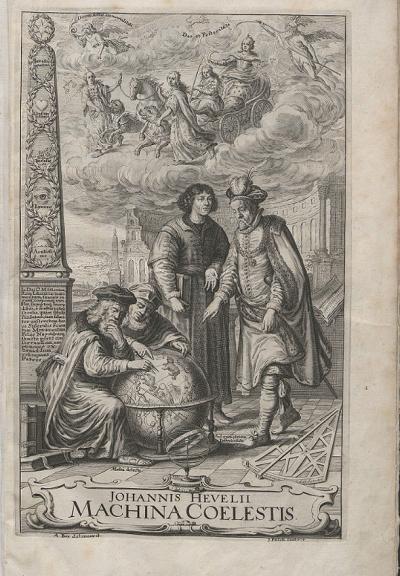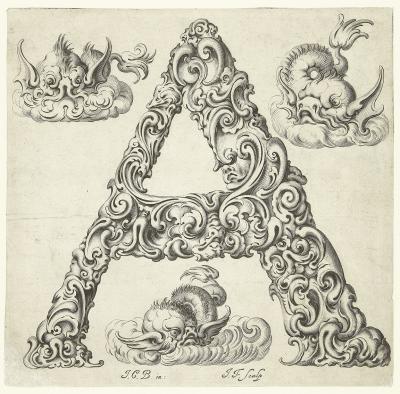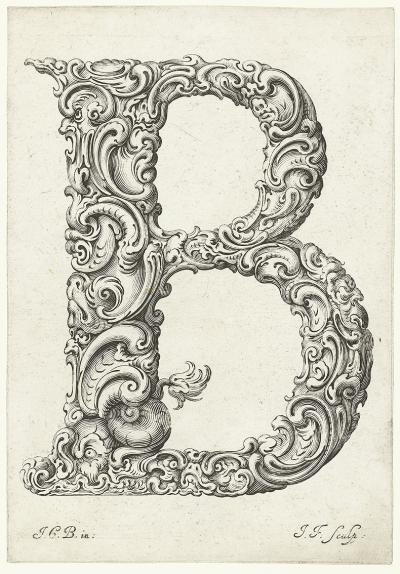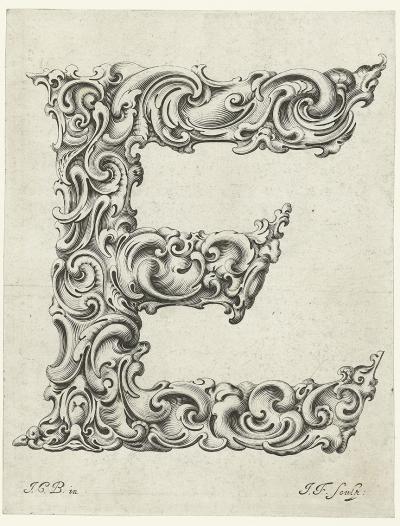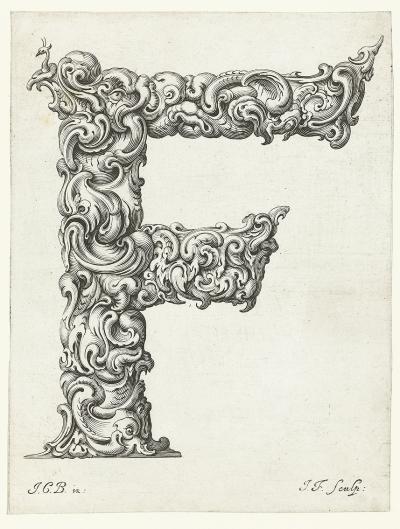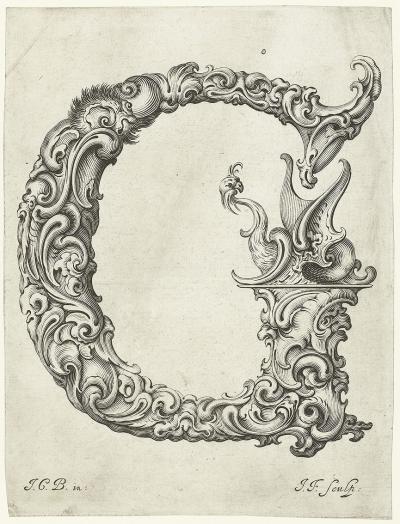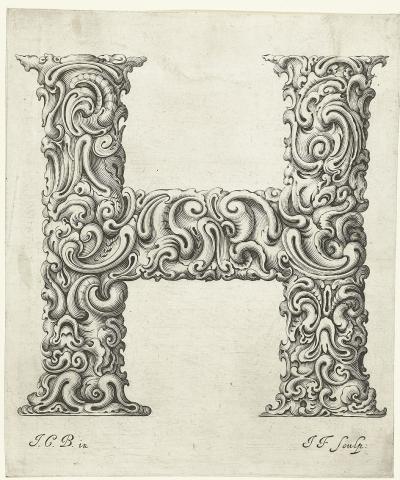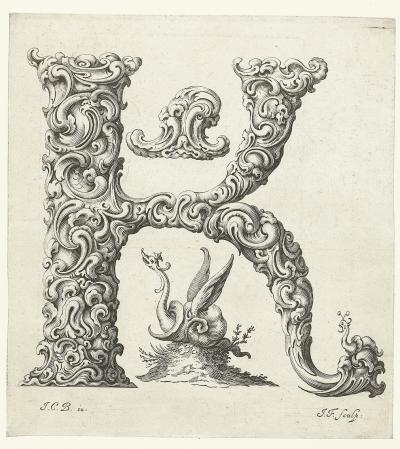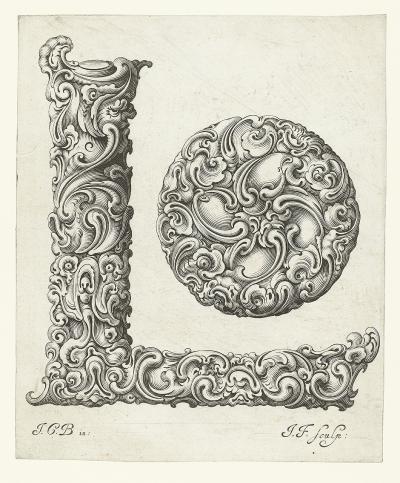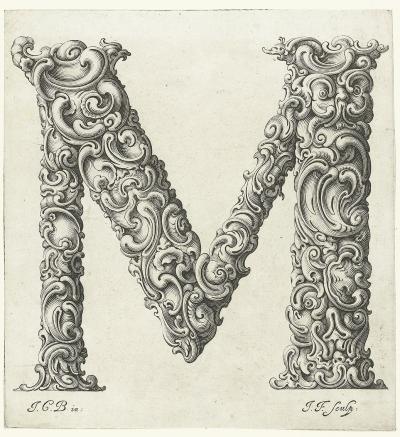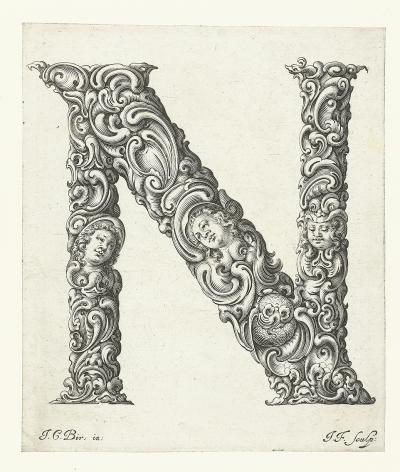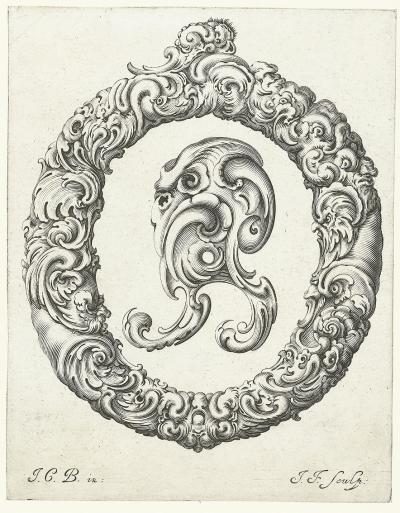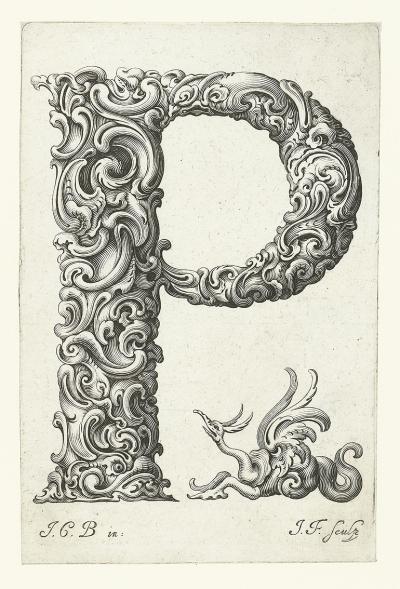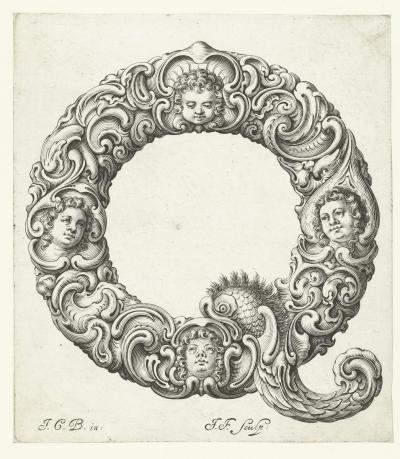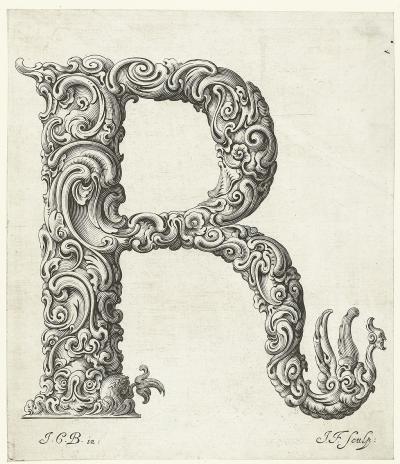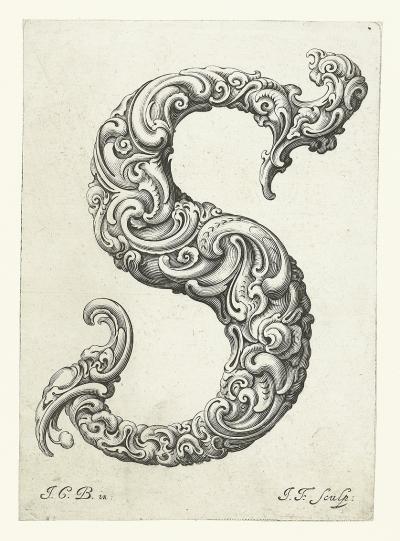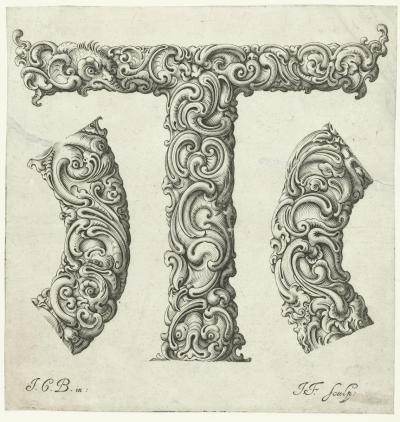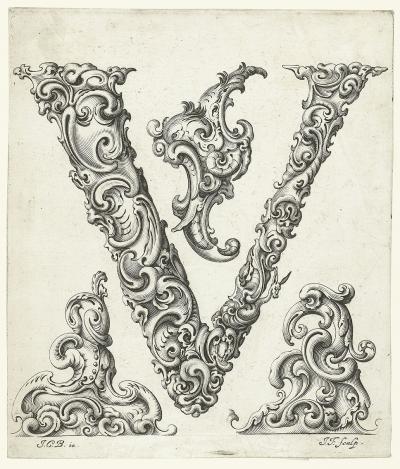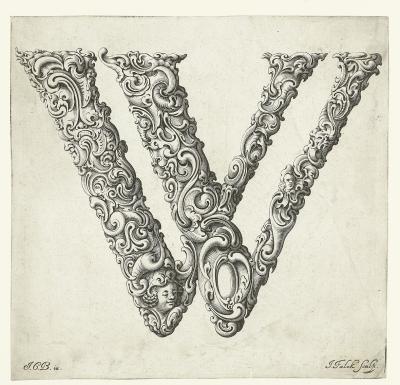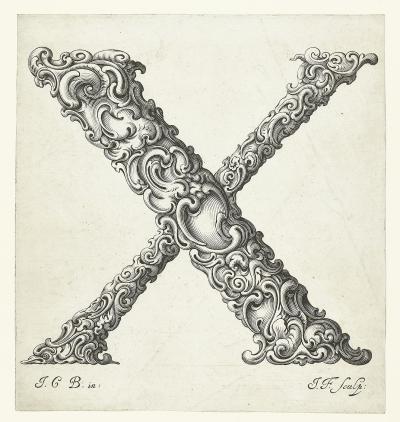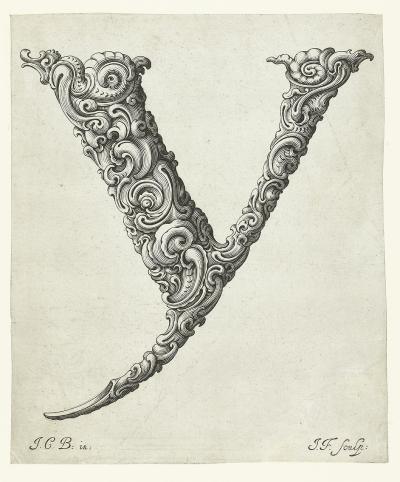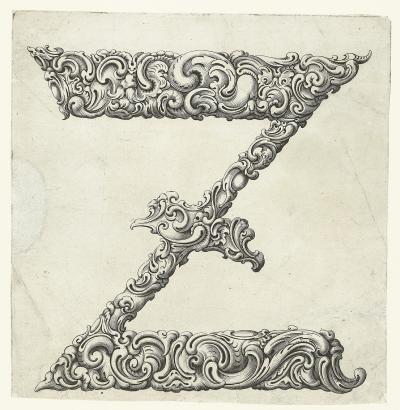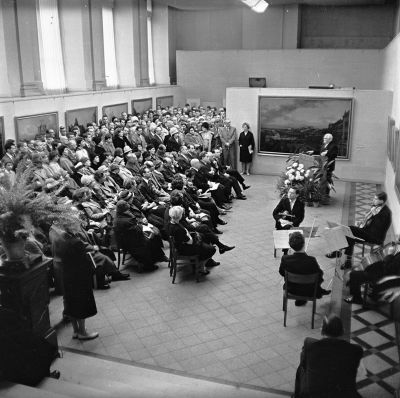Jeremias Falck

It is unknown why Falck chose Hamburg as his destination in 1657 and how long he remained there. That said, we do know that his son Gerhard (1657-1727) was born there in August that year, and that he later worked in Danzig as a gold and silversmith, as did his sons.[14] The final known works by Falck were thirteen engravings in a book published in Cologne with sermons by the Jesuit father, Alphons Rodriguez (1526-1616), dated 1666 (Block 200). Block assumes that the artist left Hamburg that year or in the following year to retire to Danzig. However a few portraits, some title pages for books and a series of bibliophile works were also made in Hamburg.
Falck engraved portraits of the following persons in Hamburg: Christian Woldenberg (1621-1674), a lawyer who came from Krempe in Holstein and was a Professor of Law and Greek Language at the University of Rostock from 1653 to 1674 (Block 294); Konstantin Ferber (1520-1588), the Lord Mayor of Danzig, who surrendered his town to the Polish king, Stephan Báthory, in 1575, but in doing so was able to retain the historic privileges of the Hansa town (Block 233, Ill. 83); Johannes Müller (1598-1672), a Lutheran theologian, who was the chief pastor at St Peter’s Church in Hamburg and polemicised against the Jews (†1671, Block 269, Ill. 84); Hans von Schack (1609-1676), who was made the commander of the fort in Hamburg in 1656, and was later appointed a Danish Imperial councillor and Imperial Commander in 1660 (Block 278); and Johann Ulrich von Wallich (1624-1673), a lawyer, diplomat, Royal Swedish secretary and legal counsellor in Stade near Hamburg (Block 289, Ill. 85).
Presumably in 1662, Falck made 16 engravings of tulips for a work entitled “Verscheyde Nieuwe Tulpen, en andere Bloemen“; they were printed in the publishing house run by the engraver and cartographer, Frederik de Wit (1610-1698) in Amsterdam. According to Block, the title sheet was made by Cornelis Visscher, and the images of the tulips were engraved by Falck. The title page of another book of flowers published by de Wit “Novae et exquisitae florum icones“, expressly names Jeremias Falck as an engraver of printing plates and gives “Hamburg 1662” as the place and year it was made (Block 64, 65). The University library in Umeå possesses a volume in which both works can be found: it was clearly purchased from a German art or antiques merchant for the Swedish School Museum (Svenska skolmuseet) that was founded in 1908 (siehe PDF). Block saw three further series of images of flowers in a collection in the Poznan Museum (Block 66-68). In 1664 Falck used an outline by Adolph Boy to make an engraving for the title page of a historical political work entitled “Monita politico-moralia” by the writer and sheriff of Podolia, Andrzej Maksymilian Fredro (ca. 1620-1679). This sheet shows scales held by the hand of God, in front of the silhouette of the town of Danzig. The volume was published by Georg Förster in Danzig (Block 202).[15] A work entitled the “Machina coelestis“ by Johannes Hevelius only came to light in 1673 after Falck’s death: here the Danzig astronomer describes the instruments he used to observe the heavens. The title engraving by Jeremias Falck based on an outline by Adolf Boy, shows Hevelius and the Greek astronomer, Ptolemäus (ca. 100-160), seated and studying a globe of the heavens, with Nicolas Copernicus and Tycho Brahe standing beside them (Block 198, Ill. 86).
A series of engravings of 25 letters from the Latin alphabet made by Falck in Hamburg has achieved fame far and wide: they were probably made from designs created by a goldsmith from Dithmarschen, named Johann Christian Bierpfaff (ca. 1600 – ca. 1675), who arrived in Kraków and Warsaw on his travels in 1643, was promoted to the post of court goldsmith only three years later and, amongst others, was commissioned to make silver coffins for the Polish kings on Wawel hill. In 1653 Bierpfaff was appointed to the post of Master Goldsmith in Toruń – it was the hometown of Falck’s forefathers – and settled there [16]. The series entitled “Libellus novus elementorum latinorum” was intended to be a teaching work for silversmiths. It shows the Latin letters, some of which have extremely bizarre decorative elements featuring shells and mussels. Each sheet is signed with the initials of the designer, “J.C.B.”, and those of the engraver, “J.F”. Block saw the sheets in the Czartoryski Museum in Kraków and in the Museum of Breslau. Nowadays a complete series can be found in the Rijksmuseum in Amsterdam (Block 63, Ill. 87, 87a-z). Some authors still claim that Falck might have died in 1664 in Hamburg:[17] this is highly improbable because Block documented his burial in the church of St Peter and Paul in Danzig in 1777 (more correctly 1771). That said, it is not completely out of the question.
[14] B. Tuchołka-Włodarska: Falck, Gerhard, in: Saur Allgemeines Künstlerlexikon, vol. 36, München, Leipzig 2003, p. 338; compare also Johannes Demandt 1999 (see note. 3), p. 17
[15] A copy can be found in the Niederschlesischen Bibliothek in Breslau/Dolnośląska Biblioteka Publiczna im. Tadeusza Mikulskiego we Wrocławiu. Digital version in the Dolnośląska Biblioteka Cyfrowa, the title page with the engraving by Falck is on page 7, http://www.dbc.wroc.pl/dlibra/docmetadata?id=7936&from=&dirids=1&ver_id=&lp=1&QI=BE9298CAE06798A70313C2B52477D8DC-15
[16] J. Tandecki: Bierpfaff, Johann Christian, in: Saur Allgemeines Künstlerlexikon, München, Leipzig 1995, p. 577 f.
[17] Finally Zabuska 2003, page 339




















































































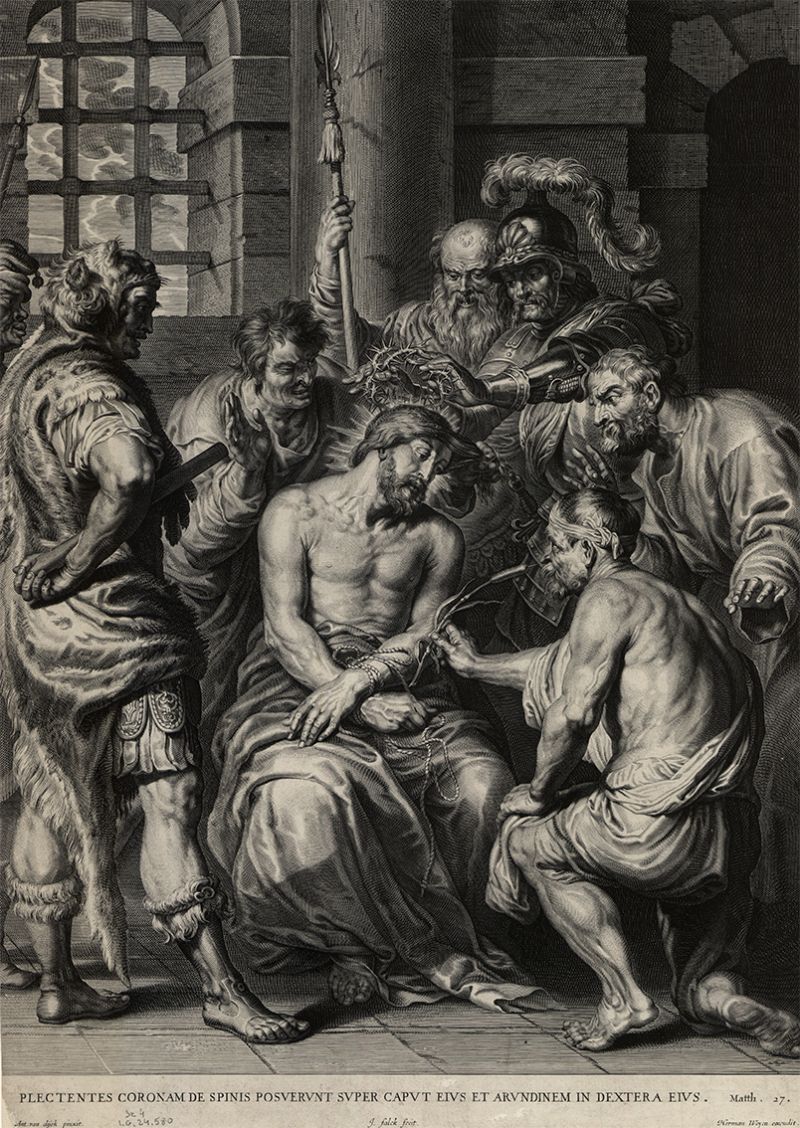
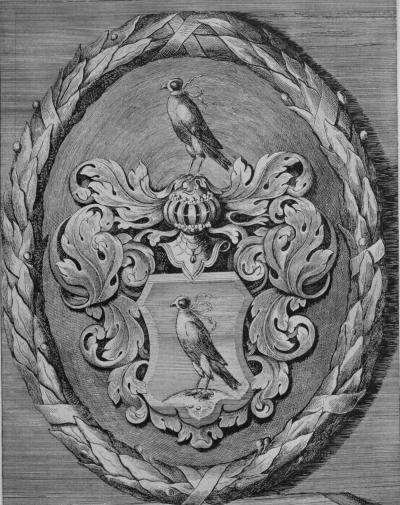
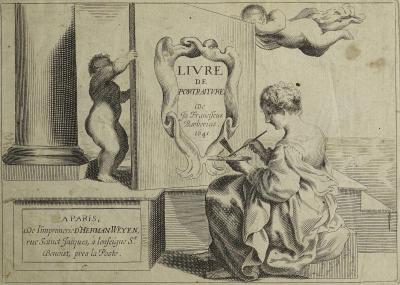

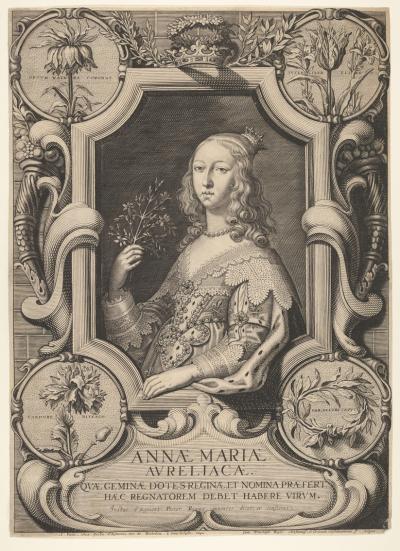
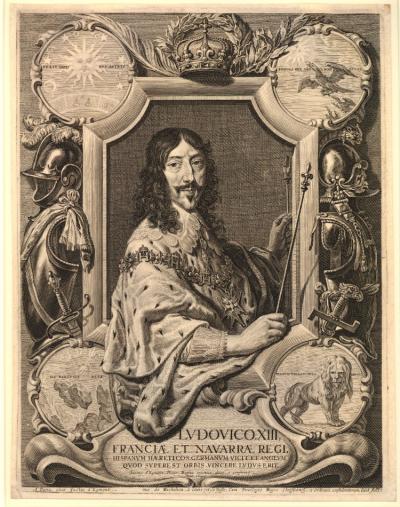
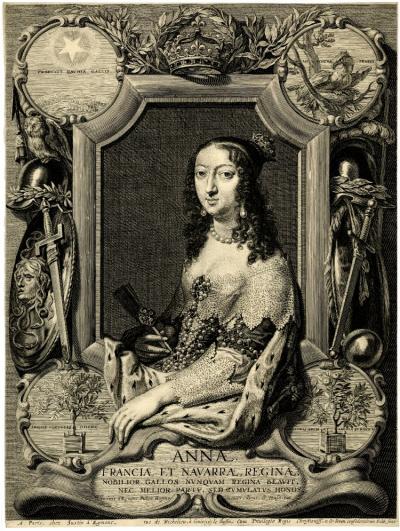
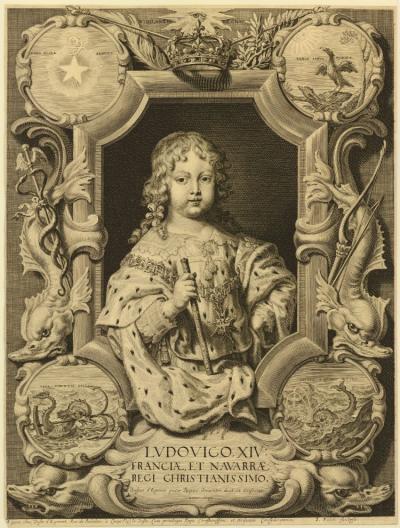
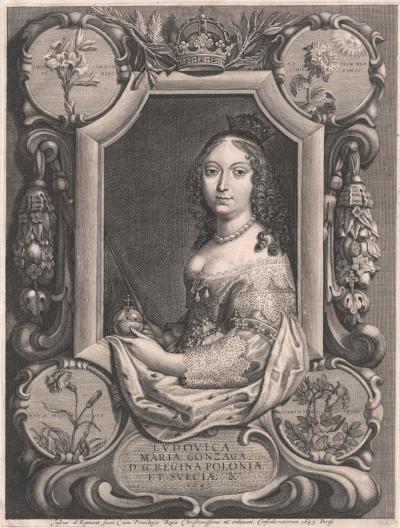
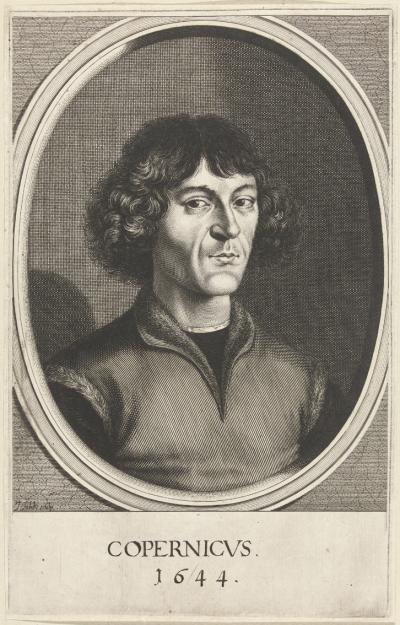
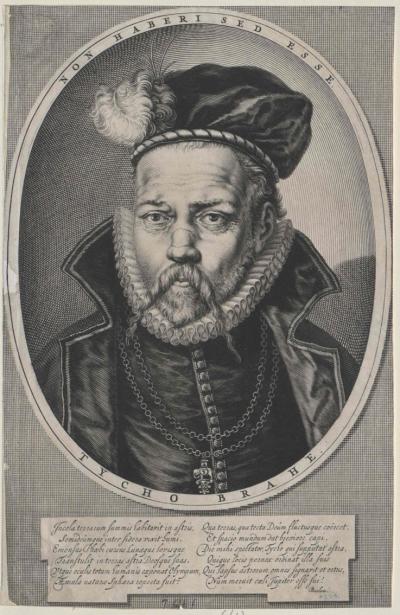
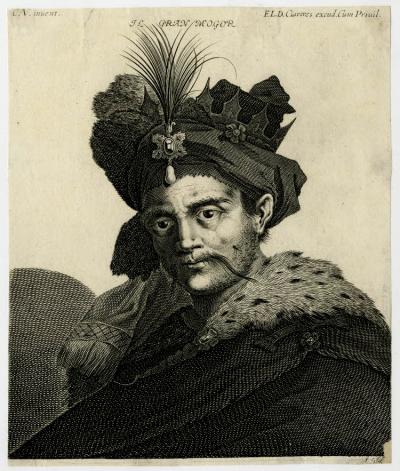
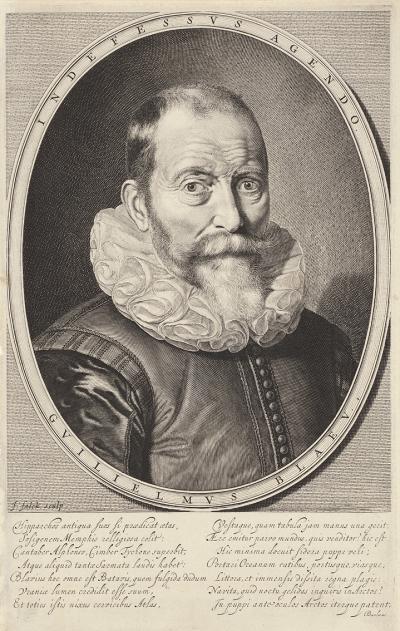
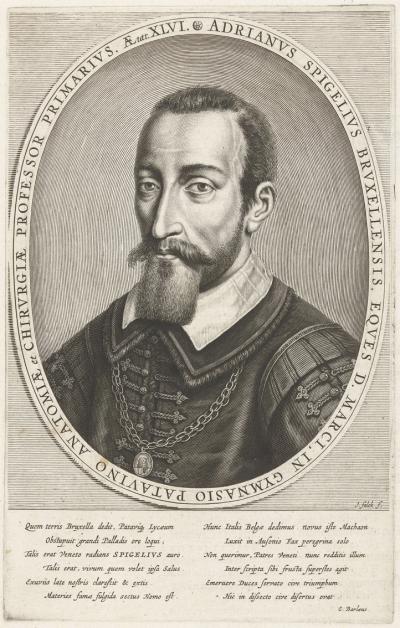
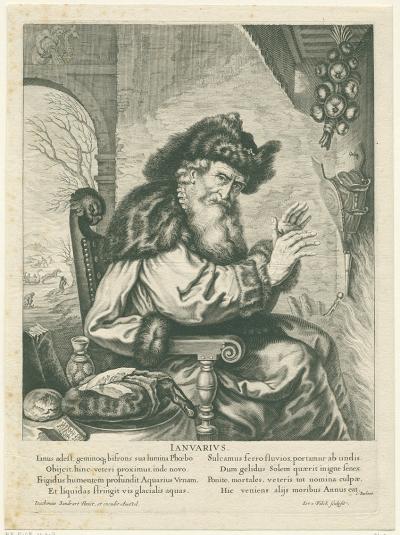
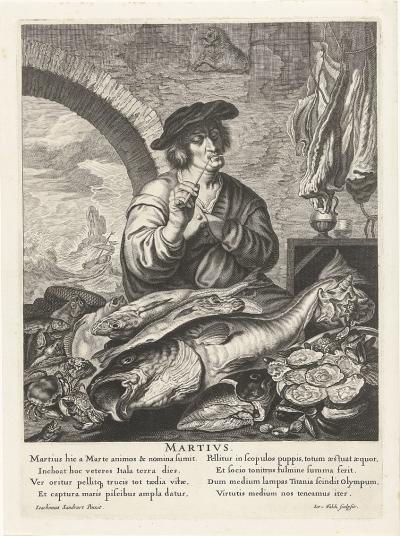
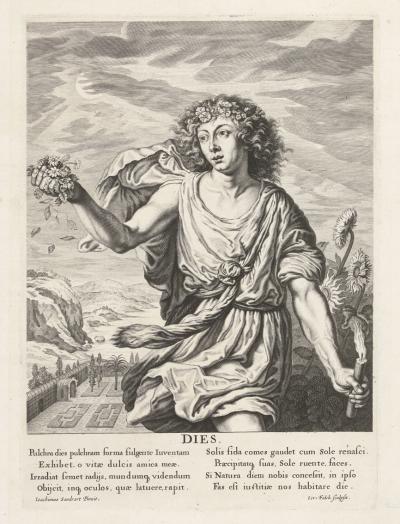
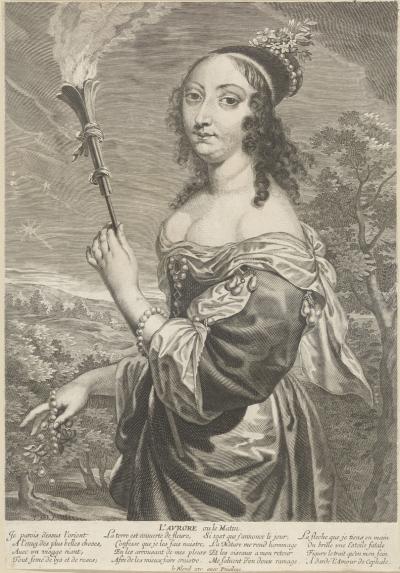
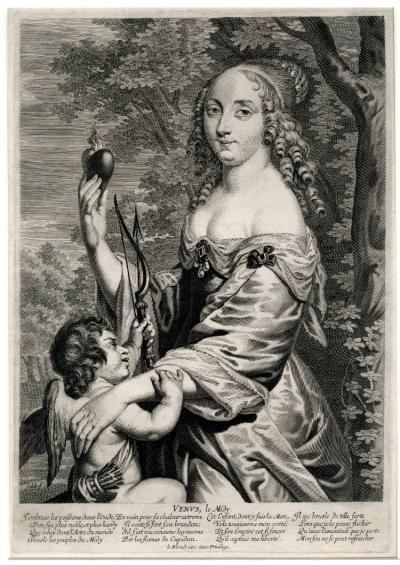
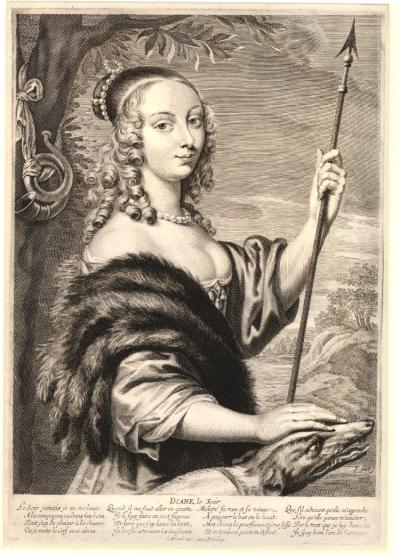
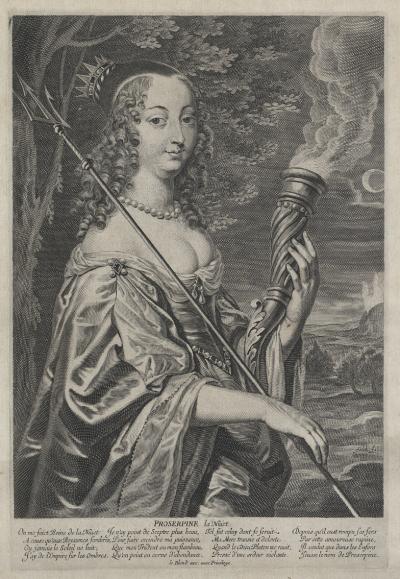

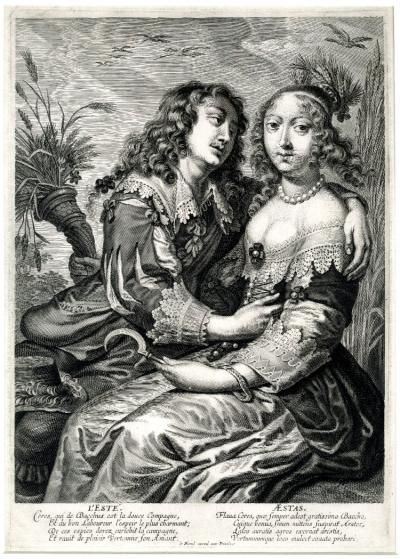
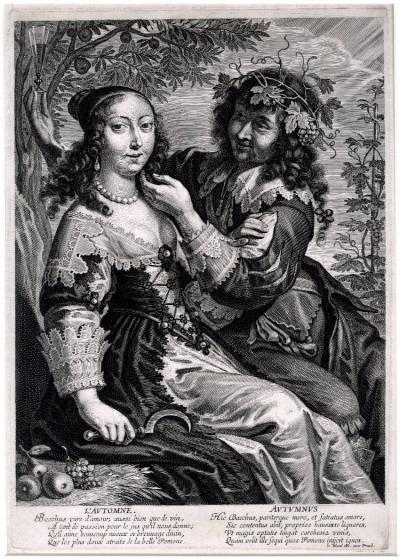
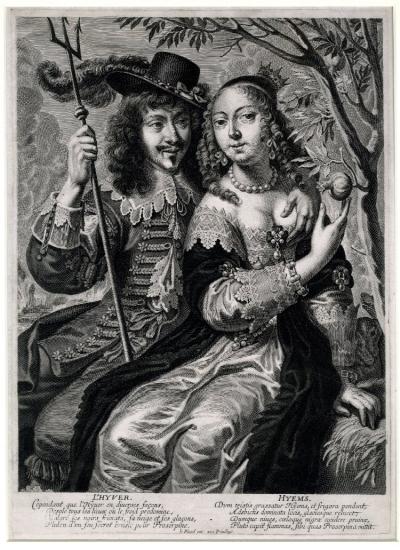
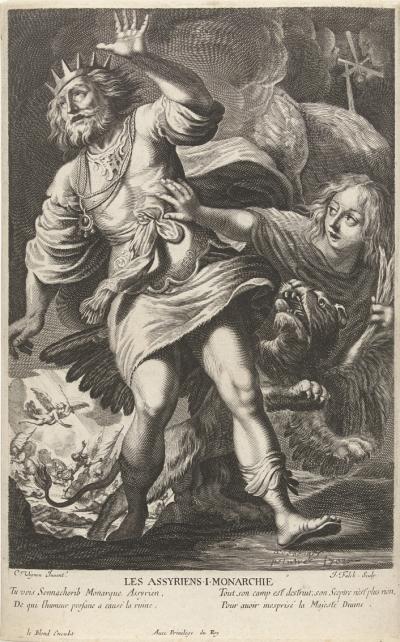
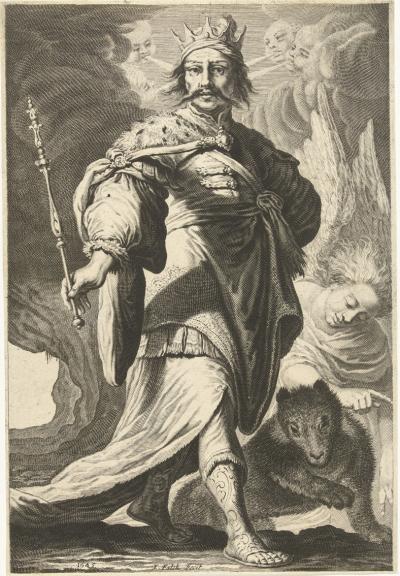

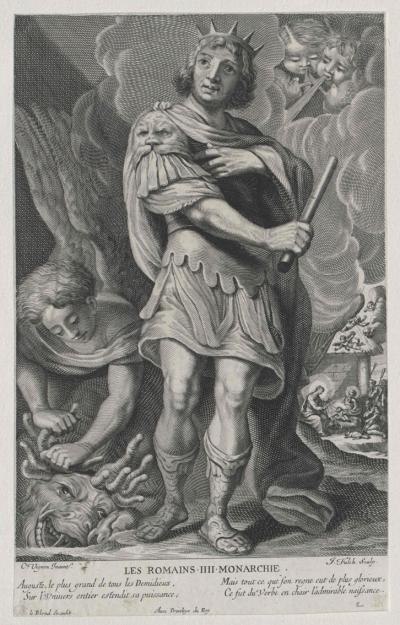
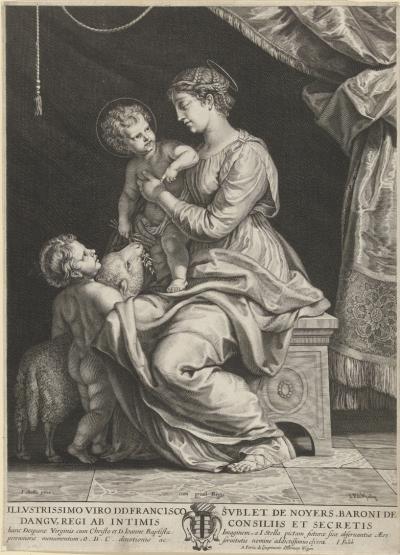
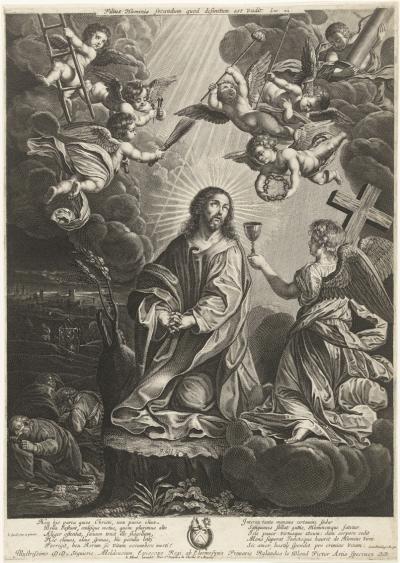

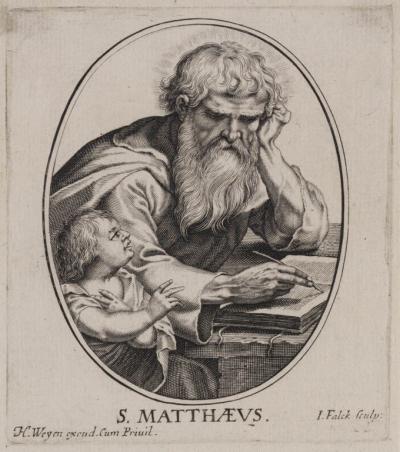
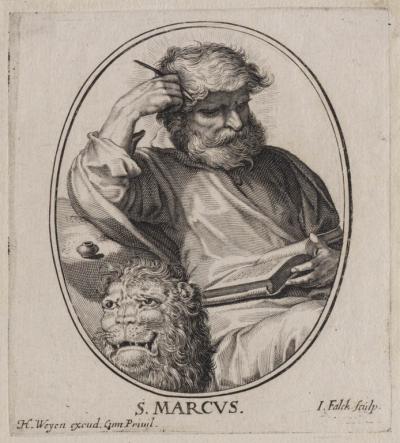
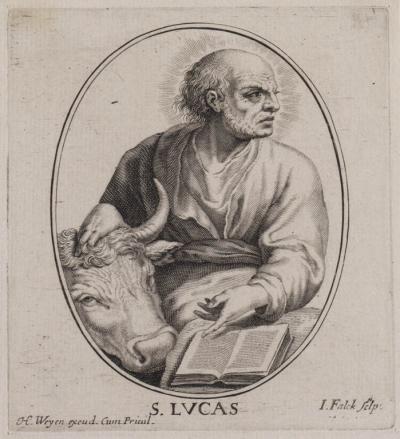
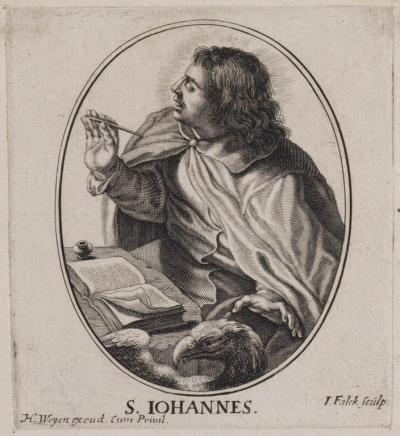
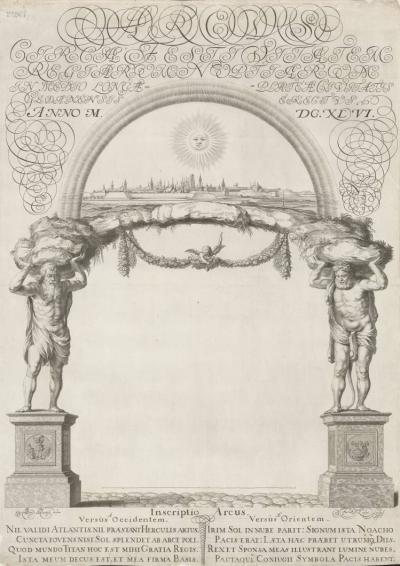

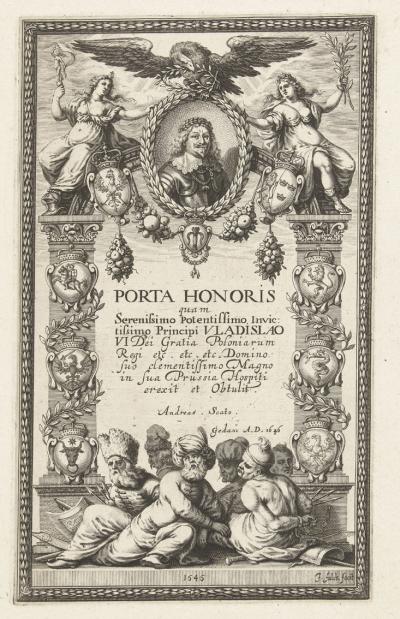
![Ill. 33: Title copper: Jerzy Ossoliński kneels before Pope Urban VIII Ill. 33: Title copper: Jerzy Ossoliński kneels before Pope Urban VIII - To the work by Jerzy Ossoliński: Illustrissimi et Excell[entissi]mi. Copper engraving after unknown. Original, 19 x 14,3 cm, not signed.](/sites/default/files/styles/width_100_tiles/public/assets/images/33_titelkupfer_1647_ossolinski.jpg?itok=In5yX0Cb)
